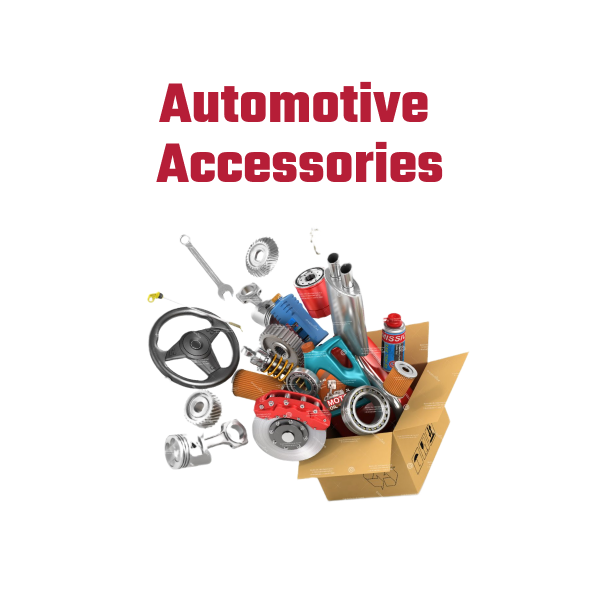Things To Look Out For While Examining Your Car Tyres:
How to Do a Tyre Inspection?
We often forget the not-so-famous buddies under our cars – the tyres – in the hurry of everyday life. But these round rubber pals are important for our safety and making our vehicles go. Here’s a guide that talks about the basics of looking at your tyres. It’s essential to understand the details of tread depth, tyre pressure, and other things beyond just a quick look. We’ll go through the basics, look-see methods, and the tyre rotation thing in this inspection. Hold on tight as we ride through the tyre care world for a safer and smoother drive.
Why Bother With Tyre Inspection?
You gotta do regular tyre checks to be sure your tyres are safe and okay. tyres can get old and not work well over time. Worn-out tyres can be a big danger for the people out there, causing tyre breakdowns or traction issues.
Regular tyre checks can help find problems before they get scary. Also, it can help stop or slow down tyres from getting old too quickly. It can save you some money and let your tyres live a long life. And let’s not forget the comfy rides and better gas use that come with good tyres.
The Basics of Tyre Inspection
Driving is a risky job. Ironically, we don’t think about it when we do it. Many factors are involved in making sure your car stays on the road. Your car’s tire set is one of these, if not the most crucial, considerations. These are some pointers to help you maintain them.
- Tread Depth
This isn’t just a surface thing; it’s important for safety. Enough tread depth helps you grip the road, especially when it’s not sunny outside. It helps push water away, so your car doesn’t slide. Less grip and more chance of crashes with a small tread.
- Measuring Tread Depth: No need for fancy tools here. Stick a coin into the tread grooves with its head looking down to see how deep it goes. If you can see the top of the head, it’s time to think about new tyres.
- Legal Requirements: Tread depth rules are there for a reason. For regular cars, the least tread depth allowed in the United Arab Emirates is 1.6 mm. For buses and big cars, it’s 3.2 mm, 0.8 mm, and 2.4 mm for medium-sized cars. Driving on tyres with small treads is super risky.
- Tyre Pressure
Besides feeling weird, the wrong tyre pressure can be bad. It can make your tyres pop, making your car shaky. Too much pressure means bad brakes, a bumpy ride, and not even tyre wear.
- Checking and Maintaining Correct Pressure: Keeping your tyres filled with the right amount of air is easy but important. When your tyres are cold, use a tyre pressure gauge regularly. Look in the owner’s book or the thing on the driver’s door for the right pressure. Fill or let air out until it’s right.
- Manufacturer’s Recommendations: Car makers decide the best tyre pressure for each model. Ignoring these tips can mess up how your tyres work. Doing what they say will make your tyres last longer, use less gas, and be comfy to ride on.
- Cracks and Bulges
Tyres with cracks and bulges are big dangers, not just ugly things. Cracks can make a tyre weaker, making it more likely to pop. Bulges mean inside damage, maybe from crashing or making mistakes when being made.
- Visual Inspection Techniques: Look at the sides of your tyres a lot for bulges or cracks. Run your fingers over them gently to find tiny problems. Check places that touch stuff or are outside more. If you find anything weird, ask an expert to look at it more.
- Signs of Weather-Related Damage and Aging: Being outside makes tyres old faster. Sun or hot days can speed up this ageing. Look for tiny cracks, called weather checking, and change tyres that look too old to be safe.
- Uneven Wear Patterns
Uneven tyre wear means big issues. Bad wheel places, not enough or too much air, or old car parts can make tyres wear wrong. Finding where the problem is matters because it changes how long your tyres last and how well your car works.
- Identification and Correction: Look at the tread a lot to see if it wears out the same way. If one side is faster or some parts look more used, there’s a problem. Fixing the issue, like fixing how the wheels are, helps tyres wear right and last longer.
- The Significance of Appropriate Wheel Alignment and Balancing: These things help tyres wear right. Keeping them in check makes weight go the same everywhere, so the tread wears evenly. It makes tyres last more and drives better by keeping your car steady.
How Often Should You Do Tyre Safety Inspections?
Checking your tyres every month is a good idea. Also, have a good mechanic look at them once a year or when you think something’s wrong. Remember, doing this often makes tyres last longer and lowers the chance of tyre problems.
If your tyres are over six years old or you see weird wear, a pro should check them out. Checking for problems after long rides or heavy use is also a good idea to be safe on the road.
Rotate Your tyres
Tyre rotation, ever heard of it? Well, it’s like a secret handshake for your wheels. Let’s dive into why it’s a thing and how it’s supposed to help.
Benefits of Regular Tyre Rotation
- Extended Tyre Life: Rotating tyres isn’t just for show; it’s like giving your tyres a spa day. It supposedly makes them last longer, so you don’t have to keep buying new ones all the time.
- Improved Vehicle Handling: They say rotating tyres can make your vehicle handle better. Imagine you’re dancing, and suddenly you get new shoes. That’s the kind of groove they say you’ll feel on the road.
- Fuel Efficiency Boost: It’s like a secret diet for your car. They say rotating tyres can make it sip fuel more efficiently. Who wouldn’t want that?
Recommended Tyre Rotation Patterns
So, there are different rotation patterns. It’s like tyre ballet or something. The details are a bit fuzzy, but there’s talk of “Forward Cross,” “X-Pattern,” and “Side-to-Side.” Sounds like dance moves, right?
In conclusion, rotating tyres seems like a quirky tradition for car lovers. They spin them around to make them last, handle them like a dream, and maybe save a bit of gas. It’s like a tyre dance party in your car. Groovy, right?
Spare Tyre Wisdom
Have you ever given spare tyres any thought? As it happens, they’re somewhat significant. Let’s talk about how important it is to have a functioning spare tyre, how to check its condition, and how to keep it ready for use.
The purpose of spare tyres appears to be more than merely aesthetics. They are comparable to the unsung heroes, prepared to come to your rescue when your regular tyre decides to give up. One can never predict when one might require additional wheel power.
How can you determine if your spare tyre is ready for this challenge, then? Examine it once, as a detective might examine a scene of a crime. Examine any unusual wounds, bulges, or anything that seems to be saying, “I’m not ready for this, man!”
Tips for maintaining the spare tyre’s readiness
Having a spare tyre in good condition is similar to possessing a secret weapon. Remember to check spare tyres sometimes; it’s like a tyre date.
- Give it some air, not too much, just the right amount.
- Don’t forget the manual; it’s like the spare tyre whisperer.
- Keep it clean, like, give it a little wipe now and then.
- Spin it around in the trunk; tyres like to stretch their legs.
- If it looks sad, talk to it; encouragement is key.
- Introduce it to the other tyres, and make it feel like part of the family.
- Buy it a little cover, like a tyre blanket – everyone loves gifts.
- Treat it like the unsung hero it is; you never know when it might save the day.
All vehicle owners must maintain and properly care for their tires. In the long term, this will help you save money by preventing the need for unnecessary repairs and replacements. In addition to performing physical inspections, carrying the recommended weight, and making sure you never install mismatched tires, you should check your tire pressure at least once a month. You’ll get the most value for your money and they’ll last a lot longer thanks to this.



























































